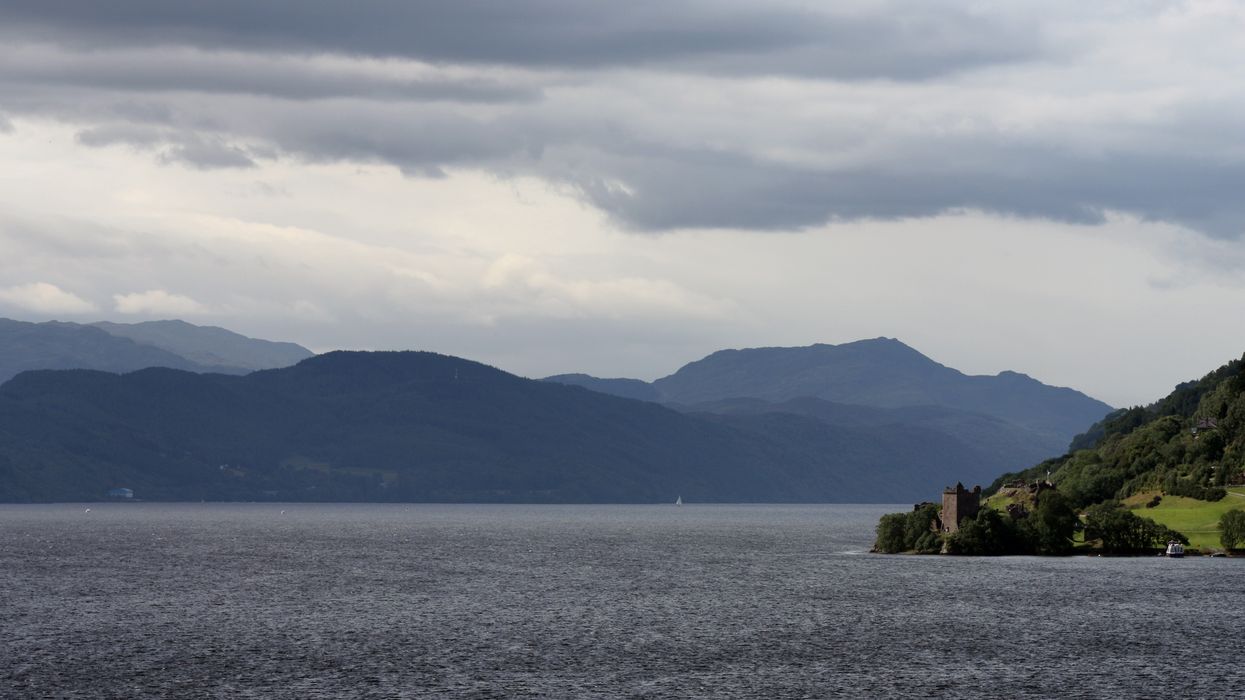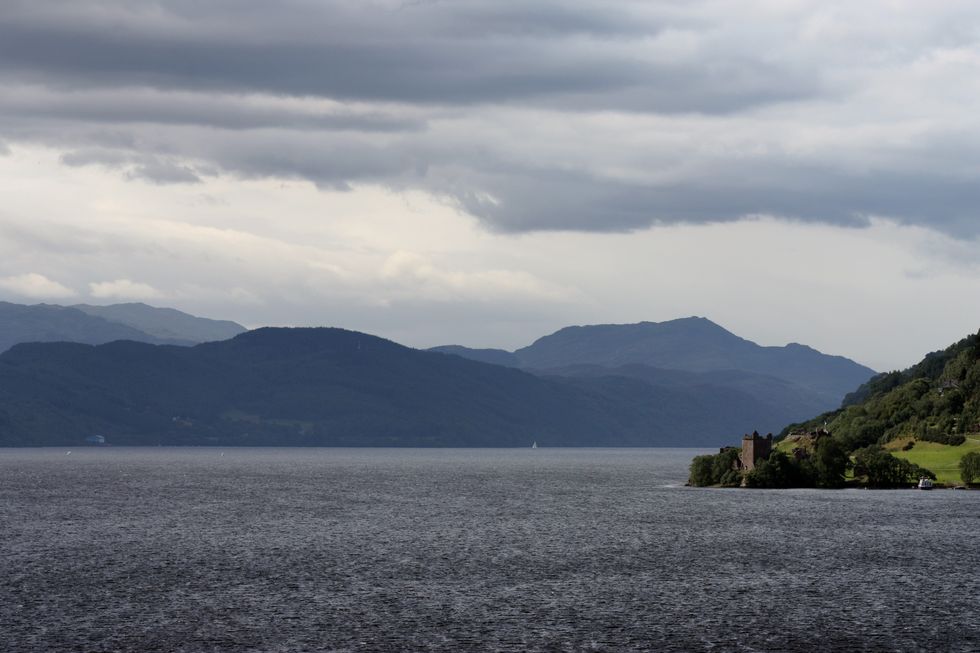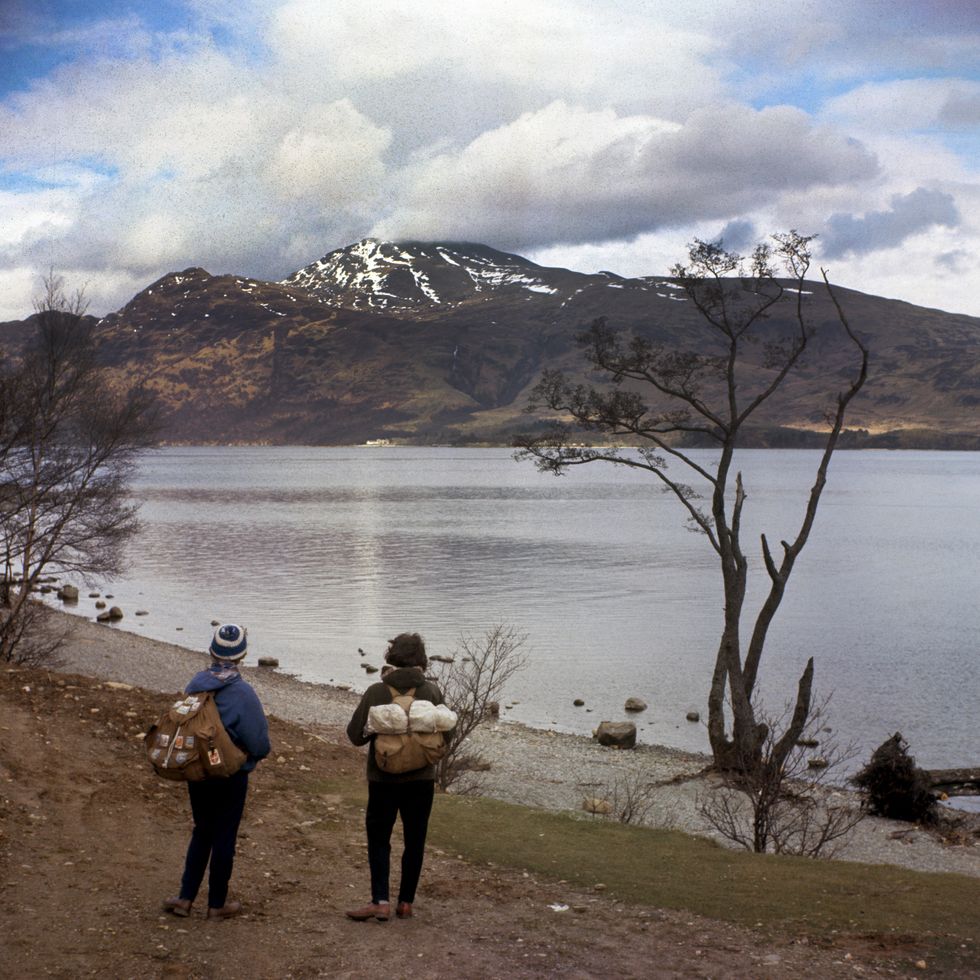Net zero 'monstrosities' could scar Loch Ness and Scotland's highlands 'until the next ice age'

Scotland's picturesque highlands are at the centre of a heated debate over proposed pumped storage hydro schemes
|Eusebius (Guillaume Piolle)

Up to a dozen upland lochs are being targeted for development
Don't Miss
Most Read
Scotland's picturesque highlands are at the centre of a heated debate over proposed pumped storage hydro schemes.
The projects, designed to store renewable energy, are facing fierce opposition from environmentalists and local communities concerned about their impact on the region's iconic landscapes.
Up to a dozen upland lochs are being targeted for development, with plans to construct massive dams, service roads, and pump houses across some of Scotland's most remote and wild areas.
Critics have dubbed one cluster of schemes around Loch Ness the "Loch Ness monstrosity", warning that daily water level fluctuations could alter the loch by three to four feet.
David Jarman, a mountain geomorphologist, describes the situation as, "a tsunami of mega pumped storage hydro schemes breaking on our hills".
He argues that Scotland is paying too high a price for these projects, which primarily aim to provide electricity for England's cities.
One of the largest proposed schemes is Earba, near Dalwhinnie, which would see a 350-foot-high dam built on the Ardverikie Estate. This project would transform a rare twin loch into a single massive reservoir.
Another scheme, Fearna, centred on Loch Quoich, would block footpaths leading to popular mountain ridge walks.
SSE has already won approval for a massive project at Coire Glas, overlooking Loch Lochy. The company describes it as "a golden opportunity for a secret power station hidden under centuries old rock".
 Scotland's picturesque highlands are at the centre of a heated debate over proposed pumped storage hydro schemes |
Scotland's picturesque highlands are at the centre of a heated debate over proposed pumped storage hydro schemes | Eusebius (Guillaume Piolle)
These pumped storage hydro systems effectively work as giant batteries, pumping water uphill during energy surpluses and releasing it to generate power when needed.
Brian Shaw, river director of the Ness District Salmon Fishery Board said: "We are experiencing a pump storage hydro gold rush".
Environmental groups have raised serious concerns about the ecological impact of these schemes. The Scottish Wildlife Trust, while supporting the move towards renewable energy, warns that it "cannot come at the expense of Scotland's wildlife".
Brian Shaw of the Ness District Salmon Fishery Board fears the cumulative effect on Loch Ness could be disastrous.
He told The Telegraph: "These schemes move huge volumes of water. Cumulatively the four operational or proposed Loch Ness schemes could pump water out of Loch Ness at 1,100 cubic metres a second, on a daily basis".
Shaw argues this could "sterilise" the loch's shorelines and destroy its delicate ecology, threatening the Ness salmon population and the wider ecosystem.
He points out that the highest natural flow rate ever recorded was 800 cubic metres per second in 1989, which caused significant damage.
The potential impact extends beyond Loch Ness, with concerns for wildlife spectacles like dolphins feeding on wild salmon at Chanonry Point, Fortrose.
Critics of the pumped storage hydro schemes argue that they will irreparably damage Scotland's wild landscapes.
David Jarman said: "No corrie will be safe, no classic Munro round will remain sacrosanct, if they approve Earba and similar projects".
LATEST DEVELOPMENTS:
He adds that these developments would, "drown lovely valley lochs and a fine corrie lochan, destroying old paths, and wholly altering the popular Ardverikie Three Munro-circuit".
ParkWatch, a group monitoring such schemes, emphasises the conflict between low-carbon energy and landscape preservation.
Jarman criticises developers' claims of sensitive design, stating: "These developers take magical thinking to surreal heights describing their schemes as 'sensitively designed to fit their settings', but casually omitting the industrial-scale access roadways, stark dam crests, and daily draw-down to near-empty".
He added: "These will never be pretty sights – but once built they will sit there until the next ice age".
Supporters of the pumped storage hydro schemes say they are crucial for the UK's renewable energy future.
Carl Crompton, managing director of Gilkes Energy, which is promoting the Fearna and Earba schemes, claims they would cut costs and CO2 emissions.

Critics of the pumped storage hydro schemes argue that they will irreparably damage Scotland's wild landscapes
| PA"Investing in energy storage benefits UK consumers because it allows the country to waste less wind energy in the form of curtailment, and reduces gas generation. These savings will be passed to consumers in the form of reduced energy bills," Crompton said.
The British Hydropower Association disputes claims about landscape impact. Kate Gilmartin, its chief executive, argues: "Pumped Storage Hydropower is one of the least visibly intrusive renewable energy technologies".
The UK government also supports these schemes. A spokesman for the Department for Energy Security and Net Zero said they would soon publish a strategy to boost such projects, embracing: "The future of energy production and storage".
The debate over pumped storage hydro schemes in Scotland's highlands remains contentious. While proponents argue these projects are essential for renewable energy storage and achieving net-zero goals, critics maintain the environmental cost is too high.
The Scottish government supports these schemes: "Our planning framework places climate and nature at the centre of our planning system and makes clear our support for all forms of renewable, low-carbon and zero emission technologies."
However, environmentalists like David Jarman argue that only a few schemes may be justified, warning that large projects risk irreversibly damaging world-renowned mountain landscapes.










